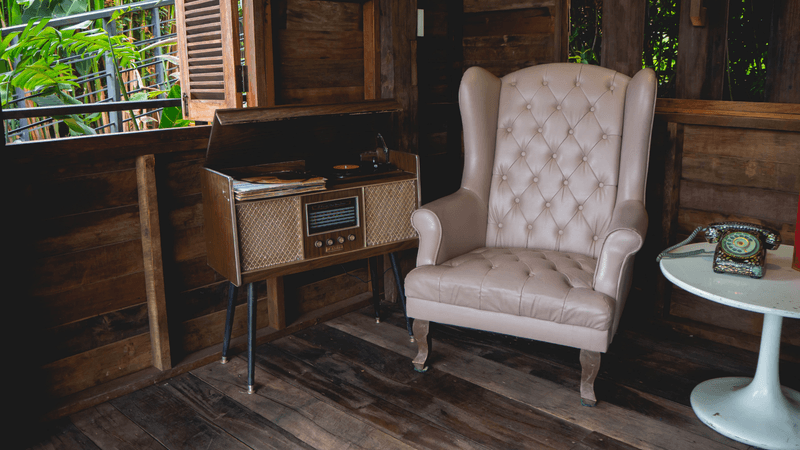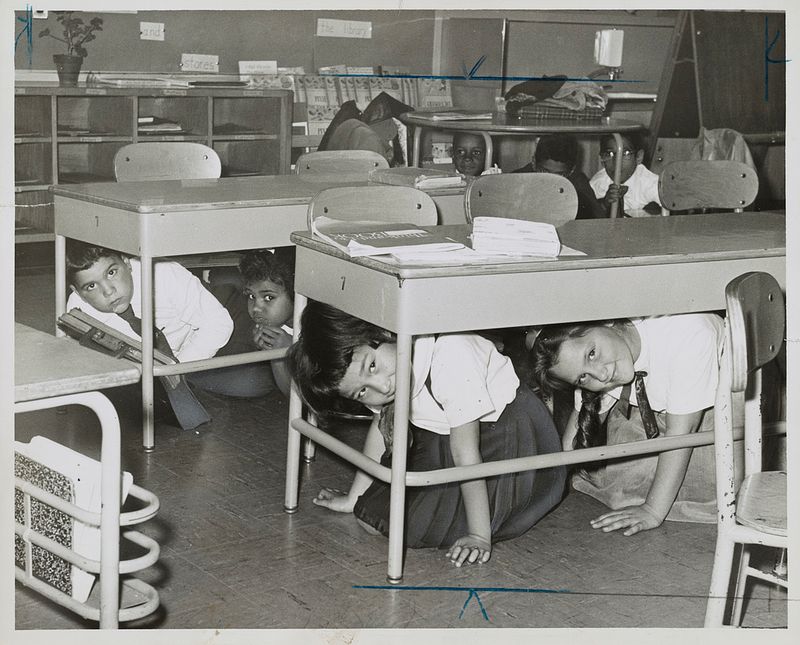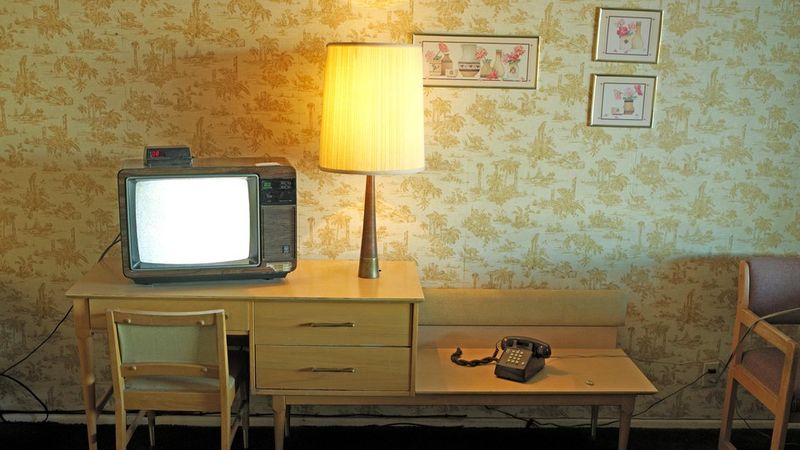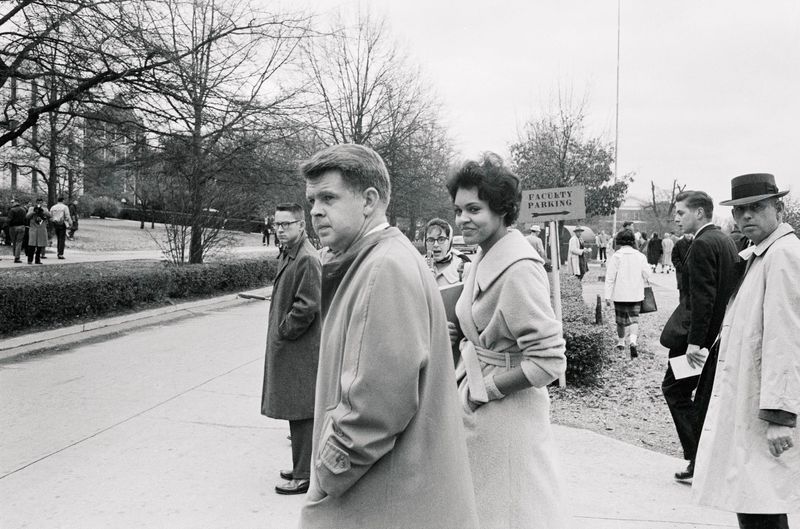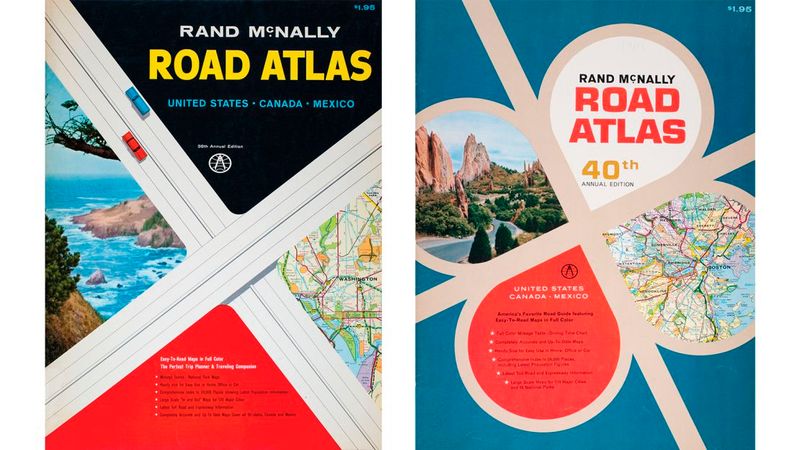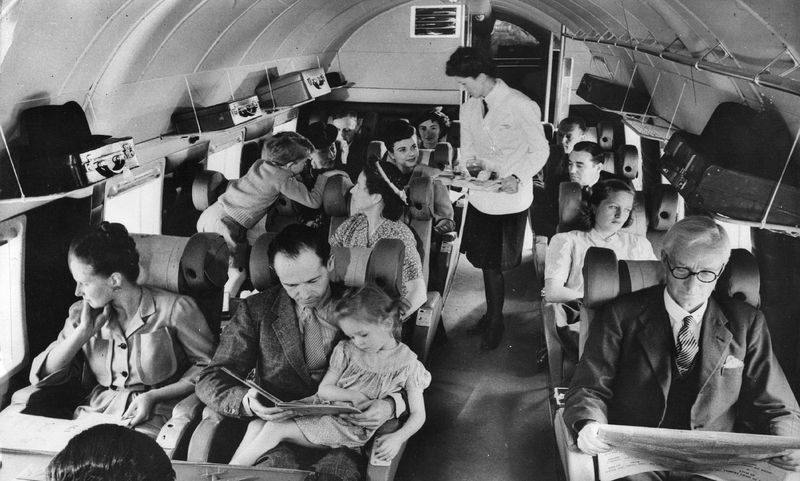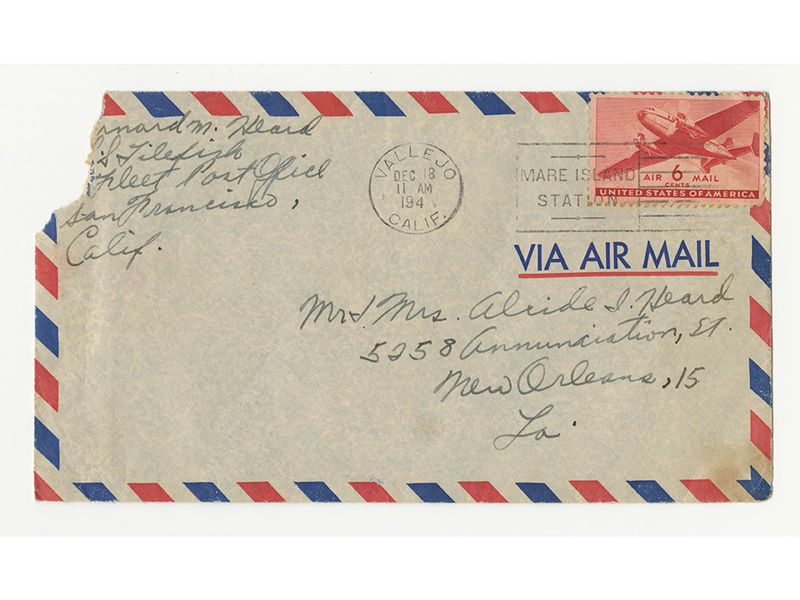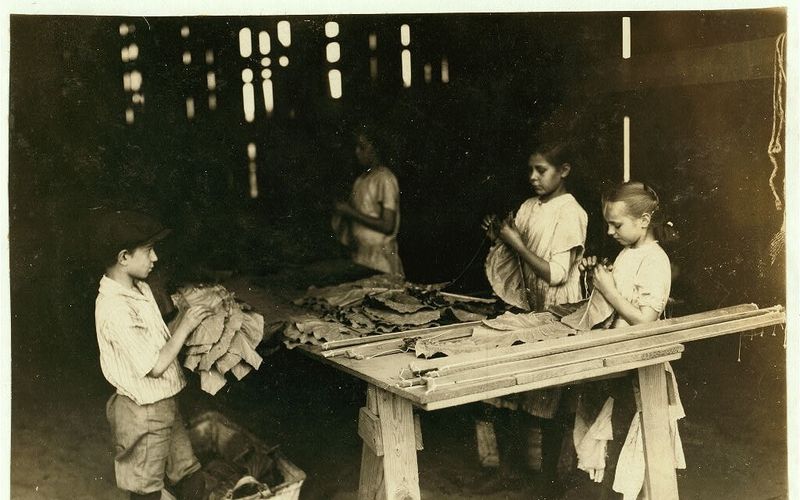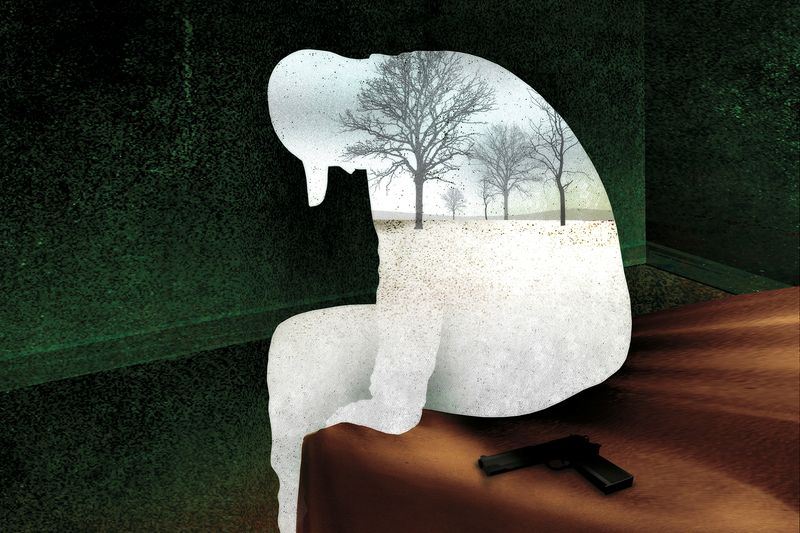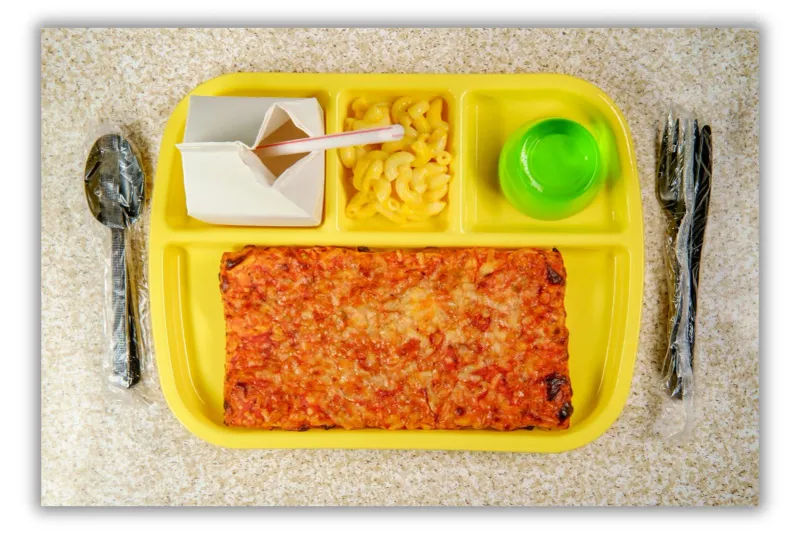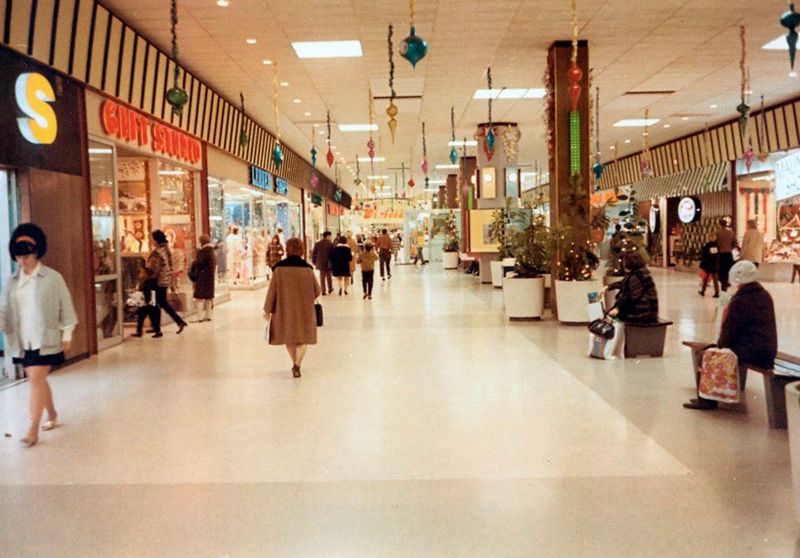If you’ve ever listened to a Boomer reminisce about their childhood, you might think they grew up in a prehistoric era—minus the dinosaurs, plus the rotary phones. Seriously, it’s wild to realize just how different their world was.
Imagine a time when Spotify was a stack of vinyl records and your social network was literally your neighbors yelling over the backyard fence.
Whether you’re a Gen Z’er or just someone who marvels at how fast things change, these 16 realities aren’t just nostalgia—they’re a masterclass in surviving, adapting, and yes, sometimes rolling your eyes at what used to be considered “normal.”
So, pull up a chair (the kind that doesn’t swivel) and let’s get real about what Boomers faced that Gen Z can barely wrap their heads around.
1. The Era of Endless Waiting
Remember the thrill of waiting days—or even weeks—for someone to call you back? No? That’s because instant replies are the name of the game today. For Boomers, patience wasn’t just a virtue; it was the only option.
If you missed a call, tough luck. You might have to wait until the next day (or week) to reconnect. There were no frantic texts, no sneaky DMs, and definitely no double-tapping to show you cared. Sometimes, the only thing you could do was hope they remembered your number.
That restless anticipation, the sweet agony of the unknown—there’s something oddly romantic about it. Or maybe it was just stressful. Either way, Boomers built a resilience you can’t download from the App Store. Today, if someone leaves you on read, you’re basically reliving a tiny piece of their daily reality. Now, that’s character development!
2. Parental Authority Was Law
Picture this: a world where “because I said so” was both the question and the answer. Boomers grew up with rules carved in stone—and parents who enforced them without negotiation.
There was no such thing as a “timeout talk” or a “feelings journal.” If you stepped out of line, you weren’t gently redirected; you were sent straight to your room (if you were lucky). Apologies? Optional. Explanations? Not happening.
Sure, some of it sounds harsh now, but there’s a strange comfort in those clear boundaries—like knowing exactly where the line was, even if you tripped over it. Gen Z’s world of mutual respect is a refreshing upgrade, but let’s not forget: surviving old-school discipline turned Boomers into world-class boundary navigators.
3. Duck and Cover Drills: Anxiety 101
Imagine being told that hiding under a desk would save you from atomic doom. For Boomers, “duck and cover” wasn’t just a quirky phrase—it was a real-life anxiety exercise.
Schools didn’t just teach math; they prepped kids for the end of the world. The Cold War loomed large, and the constant background hum of “what if?” was just part of growing up. The drills themselves felt surreal, almost like a strange game everyone was forced to play.
Looking back, it’s wild to realize how much daily stress kids carried without ever naming it. Today’s mindfulness apps might help Gen Z, but Boomers learned coping skills in a world built on “just in case.” You survived a pop quiz? They survived pop culture’s nuclear countdown.
4. Girls’ Dream Jobs Had Limits
If you ever fantasized about being anything you wanted, thank the Boomers for paving that road—but don’t forget, it wasn’t always open. Back then, career choices for women weren’t about passion; they were about what was “proper.”
Teaching, nursing, or secretarial work topped the list. Engineering? Law? Don’t hold your breath. The glass ceiling wasn’t just a metaphor—it was the whole building. Ambition had to sneak in the back door, often disguised as “helping.”
Still, those boundaries sparked quiet rebellions and bold first steps. Each trailblazer in kitten heels made it easier for the next generation to charge in wearing sneakers—or whatever they felt like. It’s not just about breaking ceilings; it’s about tearing down the whole rulebook.
5. No Internet, No Problem?
Ever wonder what your social life would look like without WiFi? Boomers lived it—no Google, no TikTok, not even a hint of an emoji. Information came from libraries, not screens.
If you needed to research, you grabbed an encyclopedia or, if you were feeling wild, took a trip to the library. Finding friends meant calling their landline (if you remembered the number) or showing up in person. You couldn’t ghost someone—you just missed the bus.
Sure, there was less FOMO, but there was also a different kind of connection. Friendships grew face-to-face, sometimes blooming over shared boredom. Today’s endless scroll has its perks, but Boomers learned to make their own fun, analog-style. Turns out, you don’t need a filter to connect… just a little patience.
6. College? Not So Simple
For Boomers, higher education wasn’t a given—it was a gamble. Tuition was lower, but so were expectations. Social, financial, and cultural barriers meant college wasn’t on everyone’s menu.
In many cases, you got your diploma, then hustled straight into a job—sometimes one you didn’t even like. For women and minorities, the odds were stacked higher, and scholarships weren’t popping up in your inbox.
Chasing dreams took guts and grit. While Gen Z faces its own college conundrums, Boomers learned to make do, make money, or just make it work. If you ever doubted your path, remember: not having all the options sometimes made choices that much clearer.
7. Cigarettes: The Ultimate Accessory
Picture a world where lighting up was as normal as tying your shoes. Smoking was everywhere—offices, diners, even the doctor’s lounge. Ads made it look glamorous, and peer pressure sealed the deal.
If you didn’t smoke, you held your breath (literally). The smell lingered in hair, clothes, and furniture—like a smoky badge of adulthood. Ashtrays were as common as salt shakers, and quitting just meant you needed more willpower.
Now, we know better. Air is cleaner, lungs are happier, and “no smoking” signs have replaced the haze. Still, surviving a childhood inside an invisible fog gave Boomers a gritty endurance. Next time you complain about a scented candle, remember: they survived the Marlboro mist.
8. TV: When the Screen Went Blank
Imagine your favorite streaming show suddenly freezing—and not coming back until tomorrow! For Boomers, TV wasn’t an endless ocean of content. Programming started and stopped on a schedule, and sometimes, the only thing to watch was static.
Prime time wasn’t just a catchy phrase; it was the one window when you could catch your favorite show. If you missed it, you waited until reruns—no DVR, no on-demand magic. The whole family would gather, snacks in hand, and hope the antenna cooperated.
Somehow, those shared moments created little rituals. Today, you can binge whenever you want. Back then, you learned patience, togetherness, and the art of enjoying what you had—even if it meant watching a test pattern.
9. Lost Without GPS? Try Paper Maps
One wrong turn and suddenly, you’re trusting your fate to a wrinkled, impossible-to-fold map. Before GPS, navigation meant decoding symbols and arguing over which tiny line was a road or a river. Family road trips? More like group therapy with a side of geography quiz.
There was no voice calmly redirecting you. If you got lost, you asked strangers or guessed. The destination was important, but so was the journey—filled with detours, wrong turns, and the occasional scenic route that no one planned.
Sure, there were epic arguments and stories retold for decades. But getting lost taught Boomers adaptability—and sometimes, the best memories happened when you were completely off course. Waze can’t reroute you to adventure, can it?
10. Flying Was a Big Deal
Remember dressing up to sit in a cramped seat for hours? Air travel was once a luxury, not a chore. Most Boomers took their first flight in their Sunday best, feeling like celebrities even if the destination was just the next state over.
Tickets were expensive; flying was reserved for special occasions. You’d get real meals (sometimes with real silverware!) and everyone treated the crew with a mix of awe and respect. Flying wasn’t just transportation—it was an event.
Nowadays, air travel is routine. But for Boomers, just stepping on a plane was a thrill. If you ever dread airport lines, picture them: nervous, hopeful, and feeling like the luckiest passengers in the sky.
11. Handwritten Letters: The Original DM
If you think waiting for a text reply is torture, try mailing your feelings and hoping for a response in a week. For Boomers, handwritten letters were lifelines—thoughtful, deliberate, and filled with anticipation.
Writing wasn’t just functional; it was an art. Choosing the right card, pen, and words made every note special. You’d tuck secrets, confessions, or just everyday news into an envelope, then trust the universe (and the postal service) to deliver.
Waiting for a reply built patience, but also excitement. Every letter felt like opening a tiny present. Today’s instant messaging is fast, but there’s something sweetly vulnerable about putting your heart on paper and sending it out into the world.
12. Cultural Homogeneity: Everyone Was Expected to Fit In
Standing out was not the goal—fitting in was survival. Boomers grew up in communities where conformity wasn’t just encouraged, it was required. From uniforms to haircuts, there was a uniformity that could stifle individuality.
If you strayed from the norm, expect some side-eye—or worse. Creativity had to find quiet corners, and difference was something you discussed in whispers. The idea of “finding your tribe” online? Not a chance; you were handed one by birth or zip code.
Still, those pressures forged a certain strength. Boomers learned to find their voice, sometimes quietly, sometimes with a shout. Now, individuality is celebrated—but it took generations of “blending in” before we all got to stand out.
13. Manual Labor Was a Rite of Passage
For Boomers, chores weren’t negotiable, and “summer job” didn’t mean an air-conditioned internship. Whether it was mowing lawns or hauling hay, hard work was expected—not applauded.
If you wanted spending money, you earned it (literally, with calluses). Mornings started early, and complaining was pointless. You learned responsibility the sweaty, blistered way, often alongside siblings or neighbors.
Those jobs built more than just muscle—they instilled a work ethic that stuck. While Gen Z hustles online, Boomers got their education in effort, sweat, and shared gripes. If you ever dread a deadline, just imagine shoveling snow at dawn for fifty cents.
14. Mental Health: The Taboo Topic
Sometimes, the hardest realities are the quietest ones. Boomers lived in a time when “mental health” wasn’t just ignored—it was off-limits. Struggles were tucked away, dismissed as weakness or “just a phase.”
If you felt anxious or sad, you pushed through. Therapy was rare and often whispered about, and self-care looked like “pulling yourself together.” Emotions were private affairs, not group chats.
Today, the conversation is opening up, but it took decades to get here. For Boomers, surviving meant internalizing—and sometimes, those old habits linger. Now, every conversation about mental health is a small act of rebellion against silence.
15. School Lunches: Not Instagrammable
If you think school lunch is bad now, try trading your homemade bento for a slab of grayish meatloaf and a puddle of mystery gravy. The Boomer cafeteria experience was more survival than culinary delight.
There were no allergy menus or vegan options—what you got is what you ate, or you went hungry. Lunch ladies with hairnets ruled the line, and trading for a better snack was a high-stakes wager. Food was about filling you up, not impressing your followers.
While Gen Z snaps photos of avocado toast, Boomers were mastering the art of swallowing flavorless vegetables with a smile. The best part? Those questionable meals made every later lunch taste like a five-star event.
16. Shopping: The Pre-Amazon Olympics
Online shopping is a breeze, but back in the day, buying anything meant a full-day expedition. Boomers braved malls and department stores, battling crowds and comparing prices by hand.
There were no product reviews or price-comparison tabs; just relentless hunting for the best deal. If your size wasn’t in stock, tough luck—you made do or tried the next store. Shopping carts doubled as bumper cars, and every checkout line was an exercise in patience.
Sure, it was exhausting, but also kind of exhilarating. Finding a bargain felt like winning the lottery. Today’s one-click checkout owes everything to those marathon mall days—Boomers walked so Gen Z could scroll.


